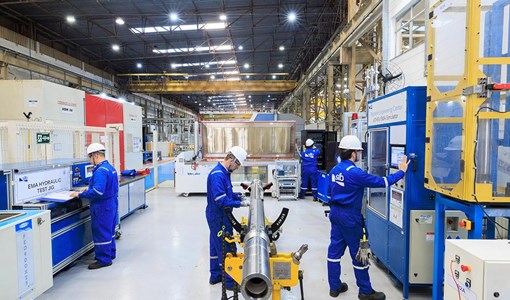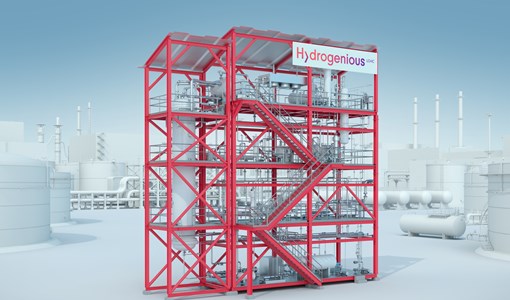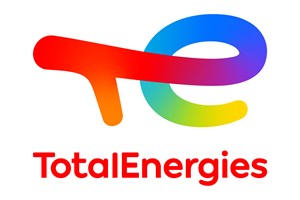Schneider Electric upgrades digital twin tools for water and district energy utilities
Schneider Electric announced significant upgrades to its digital twin tools for water and district energy utilities, EcoStruxure Water Cycle Advisor – District Energy (formerly ‘Termis’) and EcoStruxure Water Cycle Advisor – Water Simulation (formerly ‘Aquis’).
These latest releases, grouped in version 8.2 of the software, deliver benefits to users seeking to maximize digital capabilities to ensure efficiency, quality and insight across the water and district energy lifecycles.
With advanced data and formula capabilities, alongside a range of usability improvements, District Energy and Water Simulation deliver on Schneider Electric’s promise to ensure companies reach maximum efficiency while supporting decarbonisation, reducing water and heat loss, and ensuring network operation optimisation.
Water and wastewater and district energy digital transformation
Today’s modernised and digitised water and district energy utilities rely on vast amounts of data to ensure efficiency and quality. To support next-generation digital transformation across the lifecycle, both District Energy and Water Simulation now deliver optimised data management performance.
The new releases harness new asynchronous database data insertion processes, using parallel computing to ensure data is delivered quickly. Similarly, new algorithms, including a topological sorter and step tag processor, significantly speed up data processing and deliver efficient historical data reprocessing.
Not only do the latest upgrades deliver on speed and efficiency in big data management, but the user experience has been optimised to ensure ease of use, no matter the size of the data. For example, importing tens of thousands real time tags for online network optimisation can now be completed in just a few seconds. The same performance improvements are seen across step functions, processing, and reprocessing, reducing computation times from hours to seconds.
Additionally, users can take advantage of improved CSV export functionality. Making the most of the data and calculations made possible through District Energy and Water Simulation, now users can export all information related to any object in the model for a given simulation, or a fraction of it, via CSV files.
Water Simulation and District Energy users now also benefit from a new formula editor, Neptune. Alongside optimising existing programming functions, users are now able to create custom key performance indicators using one of the world’s most powerful and supported programming languages in the world, C#, alongside Roslyn.
Commenting on the latest iteration of these powerful digital tools, Jose María Santos, Product Manager of District Energy and Water Simulation at Schneider Electric said, “We are dedicated to ensuring that our water utility and district energy customers have the most powerful digital capabilities at their fingertips to reach ambitious goals across quality, efficiency, and sustainability, which is particularly important in the context of today’s climate and energy crisis.”
“The latest release of EcoStruxure Water Cycle Advisor – District Energy and EcoStruxure Water Cycle Advisor – Water Simulation tools will help users to acquire and process external data as well as extend software capabilities by creating custom KPIs safer and faster. We continue to work closely with our partners across the industry to provide the expertise and digital transformation solutions that deliver sustainability and operational advancements,” Santos continued.
KEEPING THE ENERGY INDUSTRY CONNECTED
Subscribe to our newsletter and get the best of Energy Connects directly to your inbox each week.
By subscribing, you agree to the processing of your personal data by dmg events as described in the Privacy Policy.
More technology news

Eni partners with Fincantieri and RINA for maritime transport decarbonisation mission
Apr 01, 2024
SLB announces agreement to acquire majority ownership in Aker Carbon Capture
Mar 28, 2024
GE Vernova debuts AI-powered emissions management software at Ivory Coast power plant
Mar 27, 2024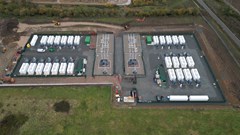
FRV and Harmony Energy announce Europe’s joint largest battery storage system by MWh
Mar 22, 2024
Toshiba generation equipment order will deliver improved power output in Kenya
Mar 20, 2024
Corcovado Geosub and Kongberg Discovery sign multimillion-dollar seabed monitoring deal
Mar 19, 2024
AWS launches new cohort of CEA to find the next wave of clean energy innovators
Mar 18, 2024
Baker Hughes technology enables bp to achieve flare emissions monitoring breakthrough
Mar 15, 2024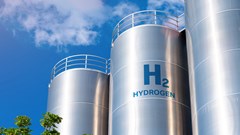
CGG secures industry support as it commences global natural hydrogen screening project
Mar 14, 2024
Spirit Energy secures seismic survey vessel for MNZ carbon capture project in UK
Mar 12, 2024
Energy Workforce helps bridge the gender gap in the industry
Mar 08, 2024
EGYPES Climatech champion on a mission to combat climate change
Mar 04, 2024
Fertiglobe’s sustainability journey
Feb 29, 2024
P&O Maritime Logistics pushing for greater decarbonisation
Feb 27, 2024
Neway sees strong growth in Africa
Feb 27, 2024
India’s energy sector presents lucrative opportunities for global companies
Jan 31, 2024
Oil India charts the course to ambitious energy growth
Jan 25, 2024
Maritime sector is stepping up to the challenges of decarbonisation
Jan 08, 2024
COP28: turning transition challenges into clean energy opportunities
Dec 08, 2023
Why 2030 is a pivotal year in the race to net zero
Oct 26, 2023Partner content

Ebara Elliott Energy offers a range of products for a sustainable energy economy

Essar outlines how its CBM contribution is bolstering for India’s energy landscape

Positioning petrochemicals market in the emerging circular economy

Navigating markets and creating significant regional opportunities with Spectrum




